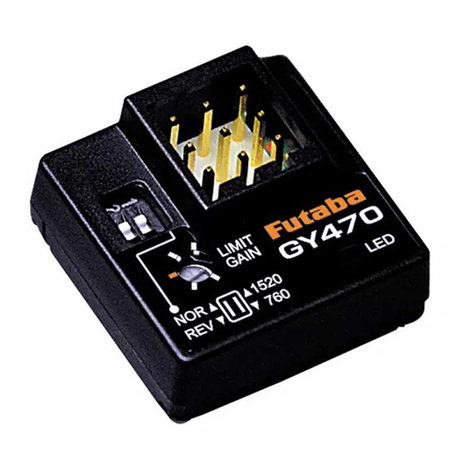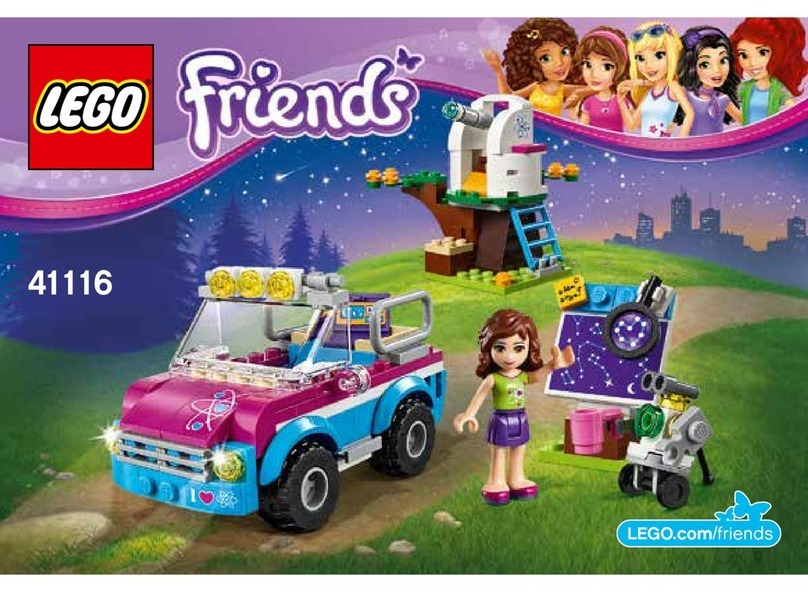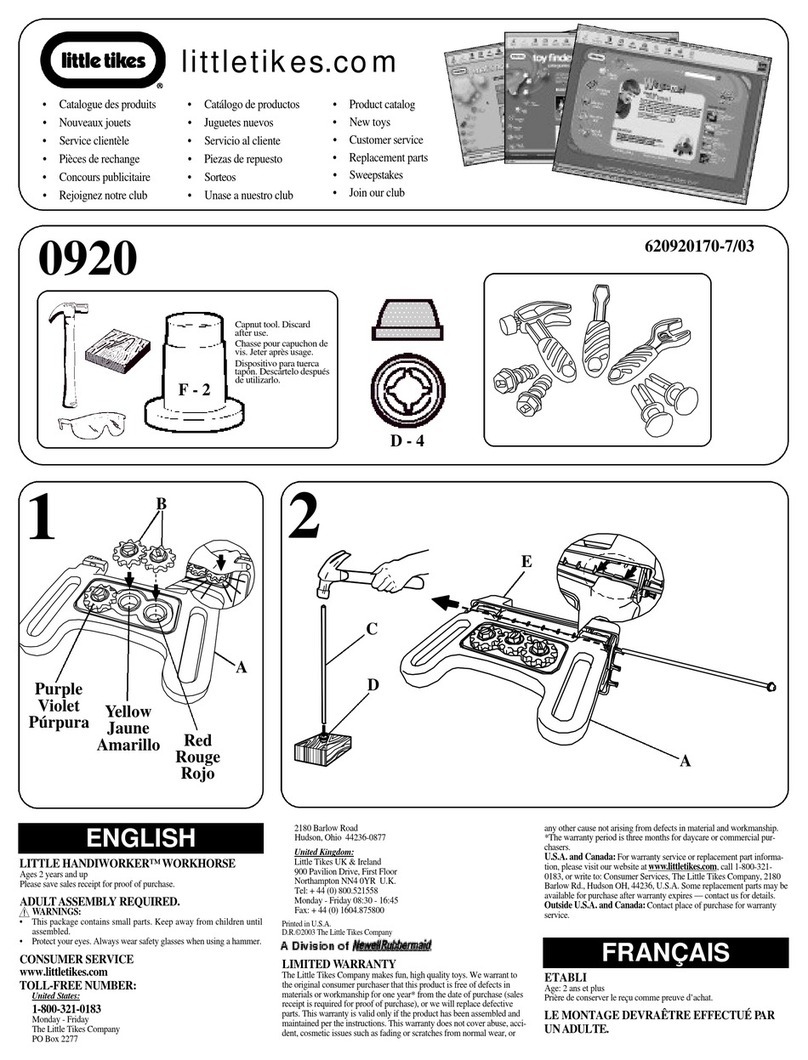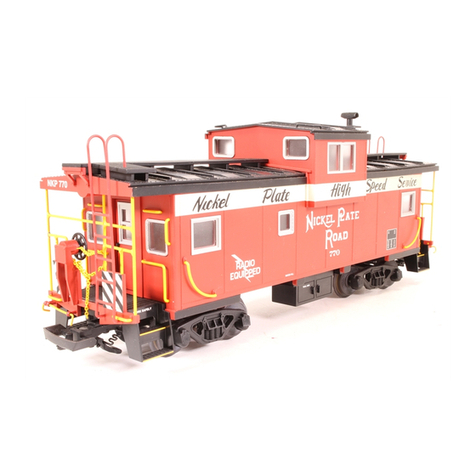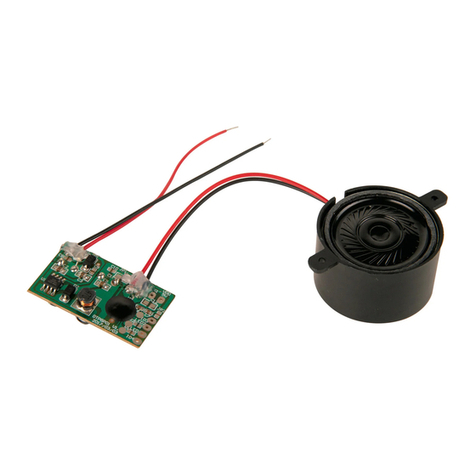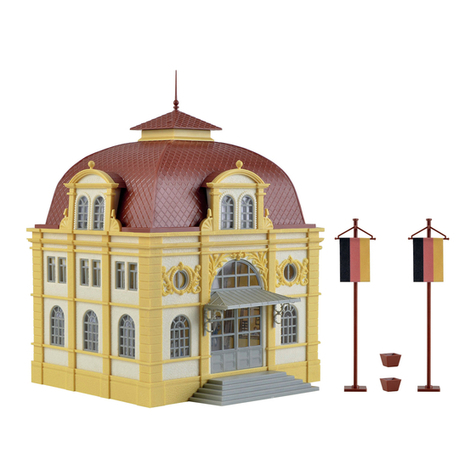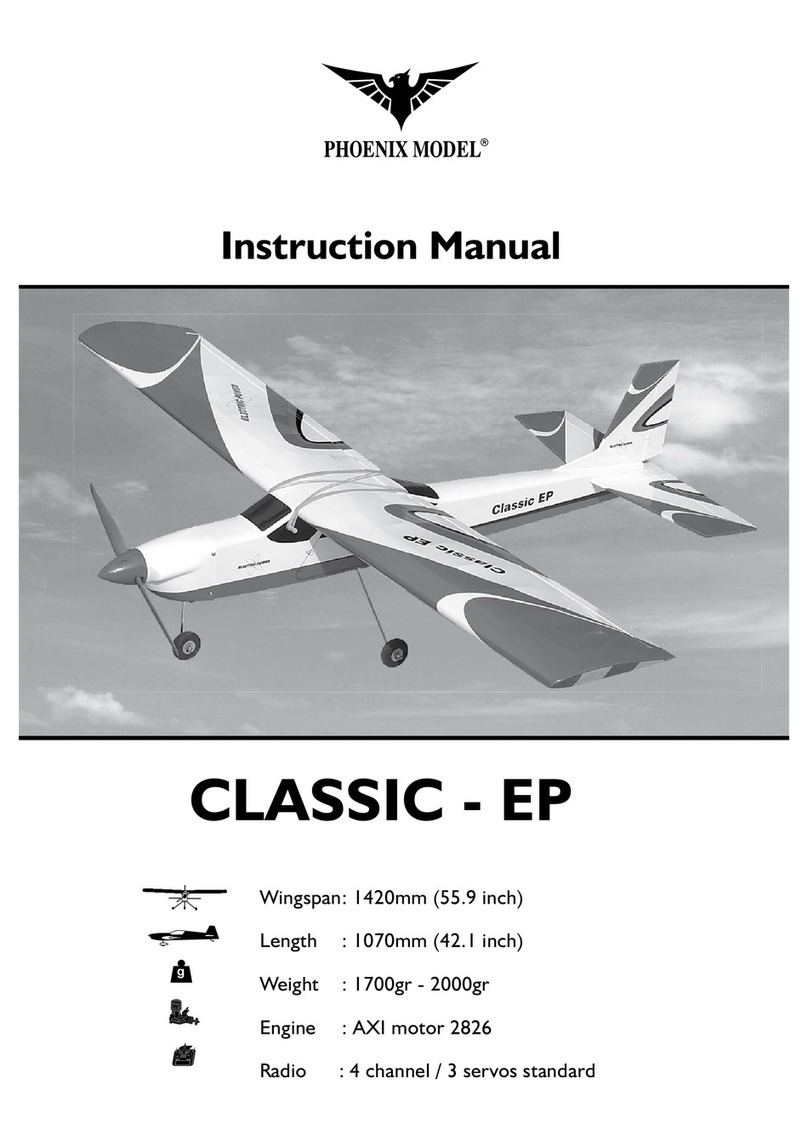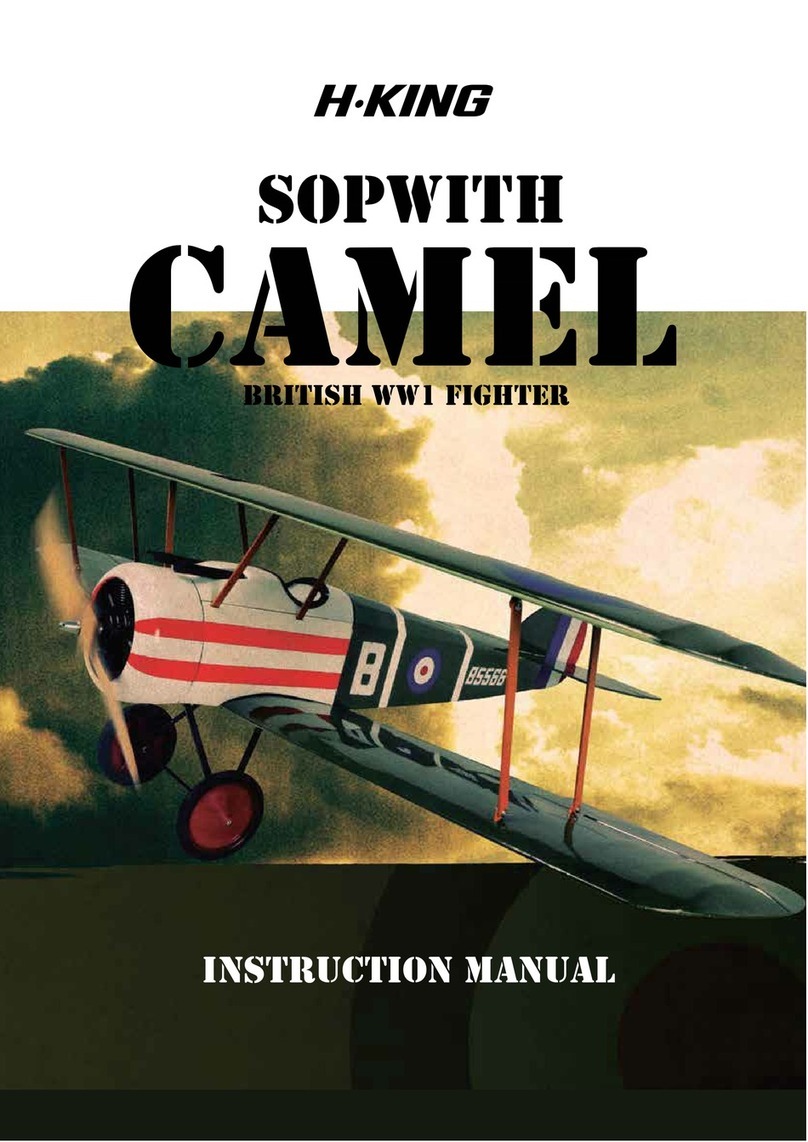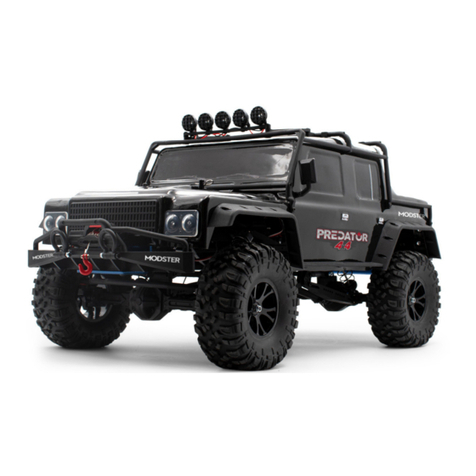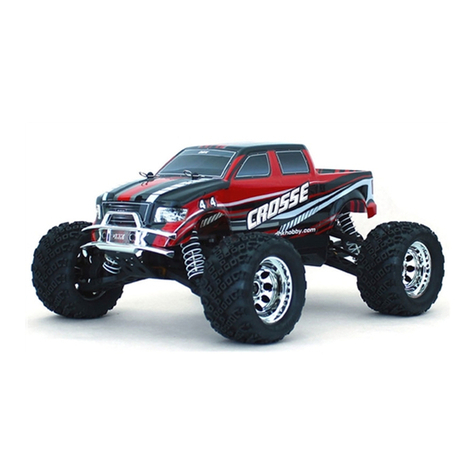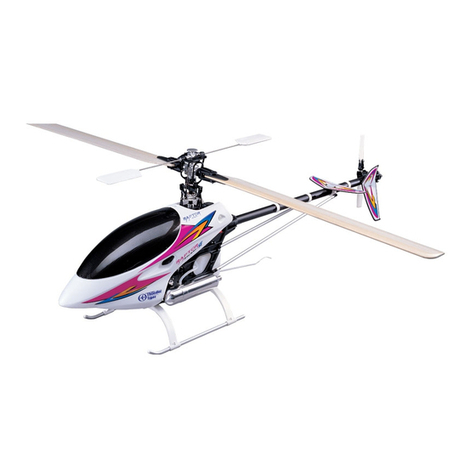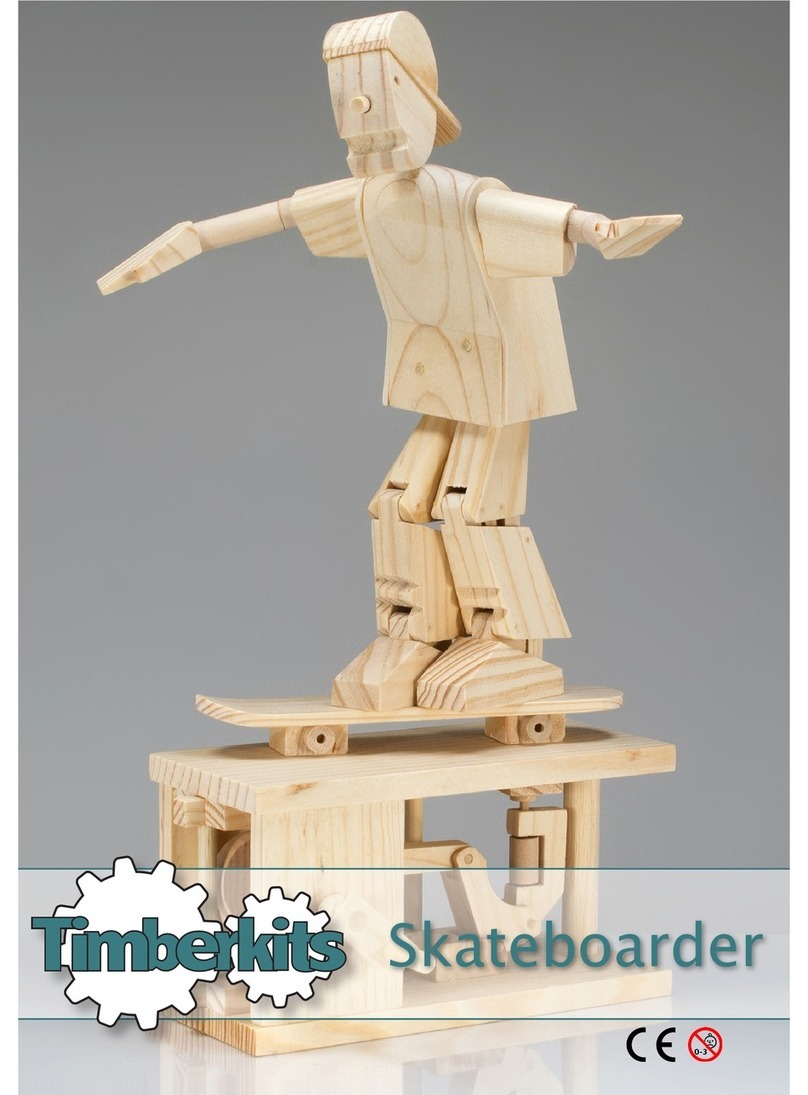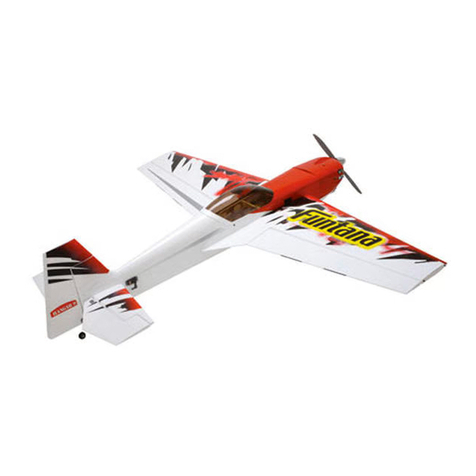3
Your Ride On
WARNING
The user must follow all safety rules and guidelines below or serious injury or death
may occur to the user.
• Always use common sense and safe practices when using the vehicle. This ve-
hicle is unsuitable for children under 3 years. The user must be 3 to 5 years, and
weigh no more than 65 lbs (30kgs).
• This product contains small parts that are for adult assembly only. Keep small
children away when assembling. Remove and dispose of all protective material
and poly bags before assembly. Be sure to remove all packaging materials and
parts from underneath the vehicle body.
• Always use the vehicle in a safe, secure environment with continuous adult
supervision.
• Body parts such as hands, legs, hair and clothing can get caught in moving
parts. Never place a body part near a moving part or wear loose clothing while
using the vehicle. Always wear shoes when using vehicle.
• Use on at, smooth paved surfaces only.
• Using the vehicle on or near streets, motor vehicle, drop-offs such as: steps,
water (swimming pools), sloped surfaces, hills, wet areas, ammable vapors, in
alleys, at night or in the dark could result in an accident.
• Do not use the vehicle in unsafe conditions such as snow, rain, loose dirt, mud
sand or ne gravel. This may result in unexpected action such as tip over and
skidding.
• This vehicle has no brakes. Motor friction will gradually stop the unit.
• Do not use the vehicle in an unsafe manner. Examples include but are not limited
to:
• Pulling the vehicle with another vehicle or similar device.
• Allowing more than one rider.
• Pushing the vehicle.
• Traveling at an unsafe speed.
• There are additional hazards of using the vehicle in areas other than private
grounds.
• Not to be used in trafc.
• The vehicle shall be used with caution since skill is required to avoid falls or colli-
sions.
• Do not overload the vehicle.
• Do not tow anything behind the vehicle.
• Do not drive up steep slopes.
• Do not drive into xed objects, which may cause the wheels to spin, causing the
motor to overheat.
• Do not drive in very hot weather, components may overheat.
• Do not allow water or other liquids to come in contact with the battery or other
electric components.
• Do not tamper with the electrical system. Doing so may create a short, causing
the fuse to trip or other damage including re.
• Child should always wear an approved helmet when using this product.
Safety
